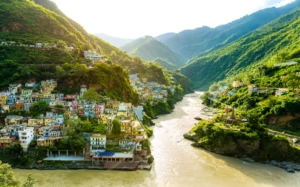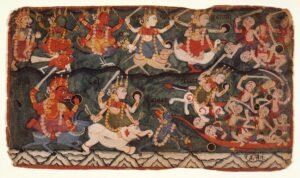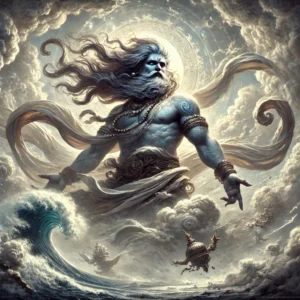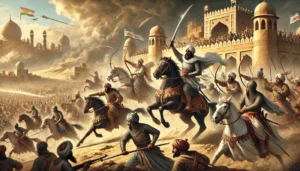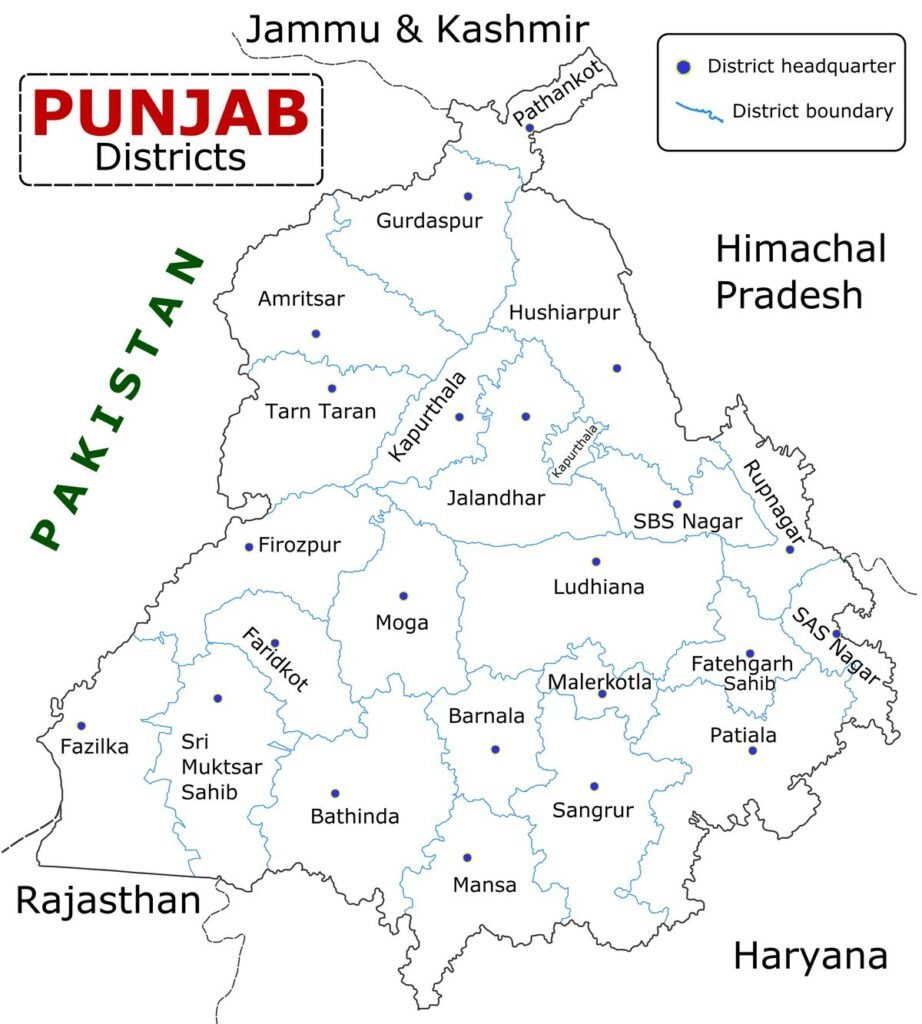
Punjab, often referred to as the “Granary of India” or the “Land of Five Rivers,” is a vibrant state in northern India. Known for its rich history, diverse culture, and dynamic people, Punjab holds a special place in the heart of the nation. From ancient civilizations to its critical role in India’s independence movement, Punjab’s story is one of resilience, bravery, and prosperity.
Ancient History and the Indus Valley Civilization
Punjab’s history is as ancient as India itself. The state was the cradle of the Indus Valley Civilization, with major sites like Harappa (now in Pakistan) showcasing a highly developed urban culture. This civilization thrived around 2500 BCE, known for its advanced city planning, drainage systems, and trade.
The Vedic period followed, during which Punjab became a center of Aryan settlement and culture. The Rigveda, one of the oldest sacred texts of Hinduism, refers to the region as Sapta Sindhu (the land of seven rivers). The area witnessed the composition of many ancient hymns and was known for its flourishing agrarian communities.
Medieval Period: Invaders and Empires
Punjab’s geographical location made it a gateway to India, attracting numerous invaders and conquerors. From the Persians and Greeks under Alexander the Great to the Mauryan Empire under Emperor Ashoka, Punjab was a battleground for power and influence.
The region flourished under the Gupta Empire, and later, the Harsha Empire, which fostered art and culture. However, the medieval period also brought invasions by Central Asian rulers like Mahmud of Ghazni and Muhammad Ghori, which led to the introduction of Islam in the region.
The Sikh Empire and Rise of Sikhism
The 15th century marked a transformative period with the birth of Sikhism, founded by Guru Nanak Dev Ji in Nankana Sahib (now in Pakistan). Over the next two centuries, Sikhism evolved under ten Gurus, with the Guru Granth Sahib, the holy scripture of Sikhism, compiled by Guru Arjan Dev Ji and Guru Gobind Singh Ji.
The 18th century saw the rise of the Sikh Empire under Maharaja Ranjit Singh, often called the “Lion of Punjab.” His rule (1799–1839) was marked by prosperity, secular governance, and military strength. He united various Sikh misls (confederacies) and established Lahore (now in Pakistan) as his capital.
Colonial Era and the Freedom Struggle
The fall of the Sikh Empire in 1849 brought Punjab under British control. The colonial period saw major infrastructural developments, including the introduction of the railway network and irrigation systems. However, this era also brought exploitation and unrest.
Punjab played a pivotal role in India’s freedom movement. The Jallianwala Bagh Massacre in 1919, where British forces killed hundreds of peaceful protestors in Amritsar, became a turning point in the struggle for independence. The region also produced many freedom fighters, including Bhagat Singh, Lala Lajpat Rai, and Udham Singh, whose sacrifices are etched in history.
Formation of the State of Punjab
Post-independence, the partition of India in 1947 divided Punjab into two parts, with the western portion becoming part of Pakistan. This caused one of the largest migrations in history, with millions of people displaced amid communal violence.
In 1966, the Indian state of Punjab was reorganized on linguistic lines, leading to the creation of Haryana and Himachal Pradesh as separate entities. Chandigarh was made the shared capital of Punjab and Haryana.
Culture and People
Punjab’s culture is a vibrant mosaic of traditions, music, dance, and cuisine. The people, known for their warmth and hospitality, celebrate life with unparalleled zeal. Major aspects of Punjab’s culture include:
- Festivals: Punjab’s festivals, like Baisakhi, Lohri, and Gurpurabs (celebrations of the Sikh Gurus), reflect its agricultural roots and spiritual heritage.
- Music and Dance: Bhangra and Giddha, traditional Punjabi dance forms, are famous worldwide. Punjabi music, with its infectious beats and soulful lyrics, has a massive global appeal.
- Cuisine: Punjab is synonymous with rich and hearty food. Dishes like Sarson da Saag, Makki di Roti, Butter Chicken, and Chole Bhature are culinary delights. The state is also famous for its Lassi (a traditional yogurt-based drink).
Natural Beauty and Geography
The name “Punjab” translates to “Land of Five Rivers,” referring to the Beas, Ravi, Sutlej, Chenab, and Jhelum rivers (the latter two now in Pakistan). These rivers make Punjab one of the most fertile regions in India, with vast stretches of green fields.
While Punjab lacks the towering mountains of its neighbors, it is home to natural attractions like:
- Harike Wetland: A bird sanctuary and haven for migratory birds.
- Kanjli Wetlands: A serene escape for nature enthusiasts.
- Anandpur Sahib: Surrounded by lush hills and the site of spiritual significance.
Tourist Attractions
Punjab boasts a rich array of historical and spiritual sites:
- Golden Temple (Harmandir Sahib): Located in Amritsar, it is the holiest site of Sikhism and a symbol of spiritual tranquility.
- Jallianwala Bagh: A somber reminder of the sacrifices made during the freedom struggle.
- Wagah Border: Famous for the daily flag-lowering ceremony between India and Pakistan.
- Patiala: Known for its royal palaces, Patiala Peg (a measure of whiskey), and vibrant culture.
- Anandpur Sahib: The birthplace of Khalsa and a significant religious site for Sikhs.
- Qila Mubarak: A historic fort in Bathinda with a rich legacy.
Economy: The Breadbasket of India
Punjab is often called the “Granary of India” due to its pivotal role in India’s Green Revolution. It is one of the largest producers of wheat and rice in the country, thanks to its fertile plains and robust irrigation network.
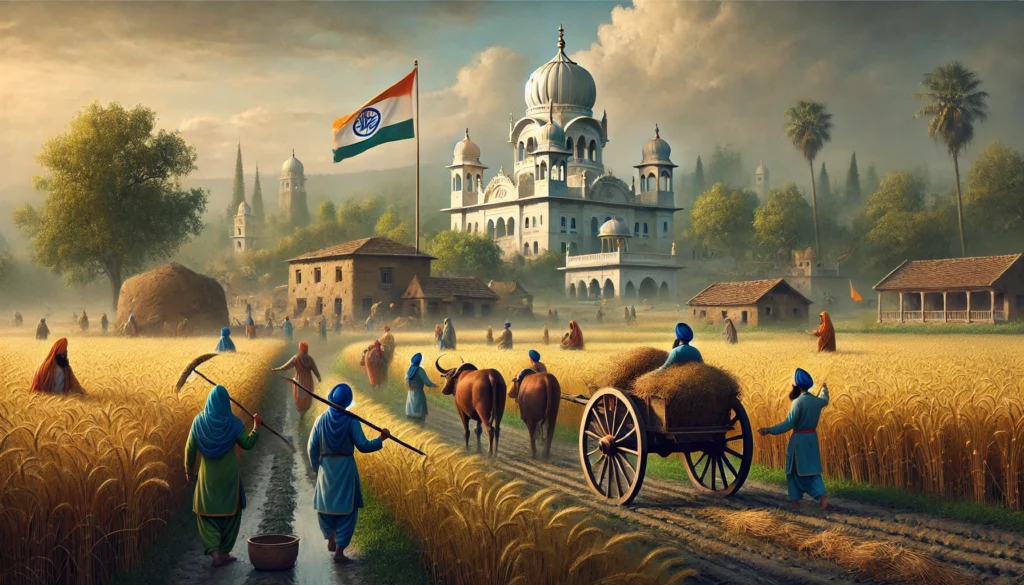
Other economic contributors include:
- Dairy farming: Punjab is a leader in milk production.
- Handicrafts: Phulkari embroidery and Punjabi juttis (traditional footwear) are globally admired.
- Industry: The state is home to manufacturing units for textiles, bicycles, and machinery.
Punjab is a land of eternal spirit, where history, culture, and prosperity converge. Its contributions to India’s independence, agricultural self-sufficiency, and vibrant arts are unparalleled. As visitors explore Punjab’s golden fields, historic monuments, and spiritual havens, they are bound to feel the unyielding pride and warmth of its people. Truly, Punjab is not just a state—it’s an emotion that resonates across the nation and the world.

